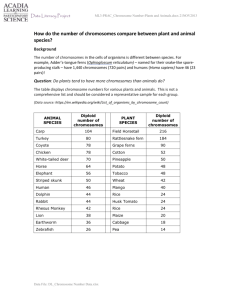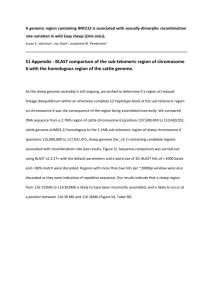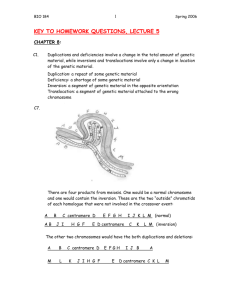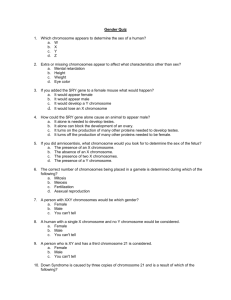See Help Document
advertisement
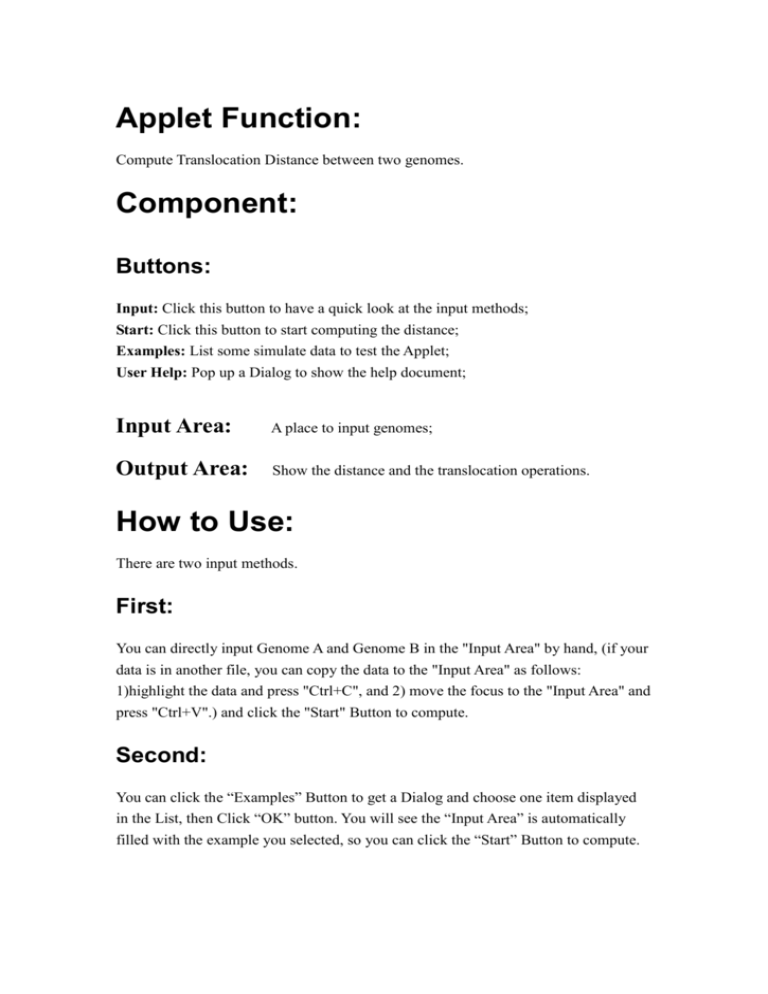
Applet Function: Compute Translocation Distance between two genomes. Component: Buttons: Input: Click this button to have a quick look at the input methods; Start: Click this button to start computing the distance; Examples: List some simulate data to test the Applet; User Help: Pop up a Dialog to show the help document; Input Area: A place to input genomes; Output Area: Show the distance and the translocation operations. How to Use: There are two input methods. First: You can directly input Genome A and Genome B in the "Input Area" by hand, (if your data is in another file, you can copy the data to the "Input Area" as follows: 1)highlight the data and press "Ctrl+C", and 2) move the focus to the "Input Area" and press "Ctrl+V".) and click the "Start" Button to compute. Second: You can click the “Examples” Button to get a Dialog and choose one item displayed in the List, then Click “OK” button. You will see the “Input Area” is automatically filled with the example you selected, so you can click the “Start” Button to compute. Input Format: Genes are separated by spaces. Each chromosome is represented by a row. At the end of each chromosome, a “enter” key is required. Do NOT forget to type a “enter” key for the LAST chromosome. The system will automatically test the conditions that A can be transformed into B. An example: Genome A and B contain 15 genes and three chromosomes. A=1 3 -5 7 9 10 4 -2 6 8 13 14 11 12 15 B=1 2 3 6 9 10 11 4 5 12 13 14 7 8 15 Output Format: The distance is reported in the first row. The translocation operations are listed. The type (Suffix-Prefix or Prefix-Prefix) of the operation is given first. The two cutting points of the translocation operation are given as, e.g.: (1,3) (2,6) Here 1 and 3 (and also 2 and 6) are two consecutive genes in genome A representing the cutting point. For example, if genome A contains the following chromosomes: Chromosome 1: 1 3 5 7 9 Chromosome 2: 10 4 2 6 8 13 The Prefix-Prefix translocation (1,3) (4,2) leads to the following new chromosomes: New Chromosome 1: 1 2 6 8 13 New Chromosome 2: 10 4 3 5 7 9 For example, if genome A contains the following chromosomes: Chromosome 1:1 3 –5 7 9 Chromosome 2:10 4 –2 6 8 13 The Suffix-Prefix translocation (1,3) (2,6) leads to the following new chromosomes: New Chromosome 1: 1 2 –4 –10 New Chromosome 2: -9 –7 5 –3 6 8 13.




